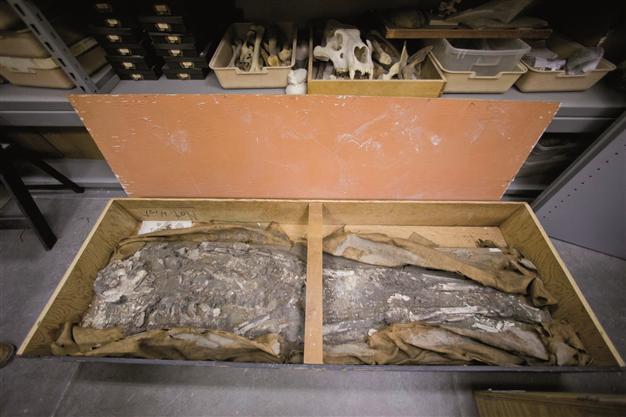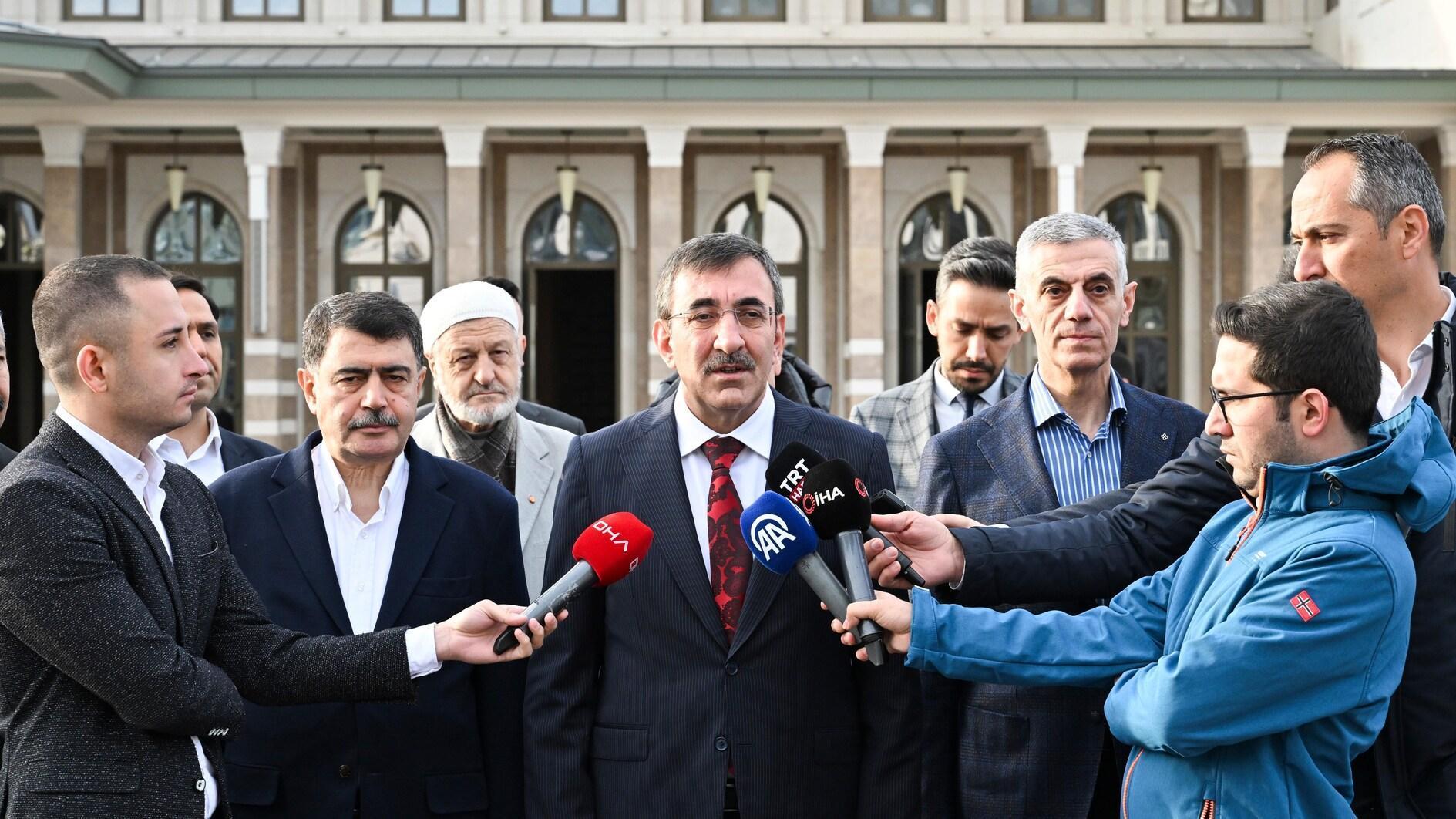Human skeleton found in museum storage
ISTANBUL - Doğan News Agency

The skeleton, which was unearthed around 1930 as part of an excavation into the Royal Cemetery of Ur, was discovered in the museum’s storage.
A Philadelphia archaeology museum said on Aug. 5 its researchers have discovered an extremely rare 6,500-year-old human skeleton in its own basement, where it had been in storage for 85 years.The Penn Museum, affiliated with the University of Pennsylvania, said it had lost track of all documentation for the skeleton which dates to roughly 4500 BC. But the paperwork turned up this summer, as part of a project to digitize old records from a 1922-1934 joint expedition by the British Museum and the Penn Museum to modern-day Iraq.
Researchers were able to determine that the skeleton was unearthed around 1930 as part of an excavation into the Royal Cemetery of Ur led by Sir Leonard Woolley.
Woolley’s records indicated that he had shipped a skeleton over, and the team digitizing his records had uncovered pictures of the excavation, which showed the skeleton being removed from its grave. A researcher on the digitization project, William Hafford, mentioned the records to Janet Monge, the museum’ chief curator.
Woolley’s team uncovered the remains 12 meters below the ground, beneath the remains from the cemetery itself, which dates to 2500 BC. The body was found in a deep layer of silt that archaeologists believe was left over from a massive flood.
The remains indicate they are those of a well-muscled man who died at 50 and would have stood approximately 1.78 meters tall. The museum has named him Noah.
Intact skeletons from this era are rare. While the museum has other remains from ancient Ur, about 16 km from Nassiriya in southern Iraq, “Noah” is about 2,000 years older than any remains uncovered during the excavation at the site, it said.
















